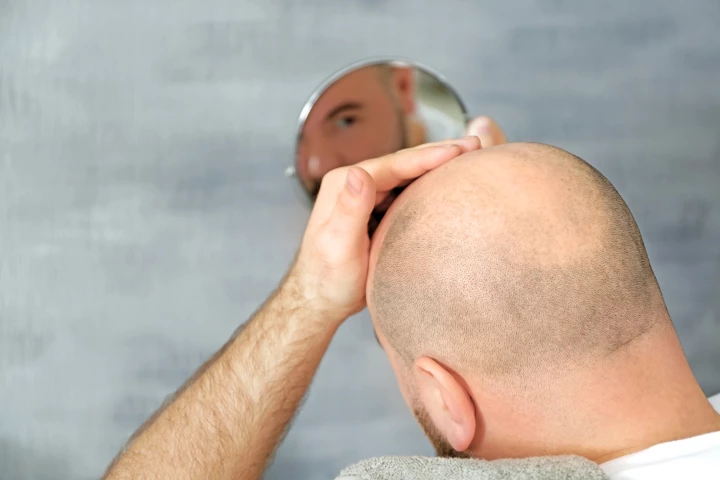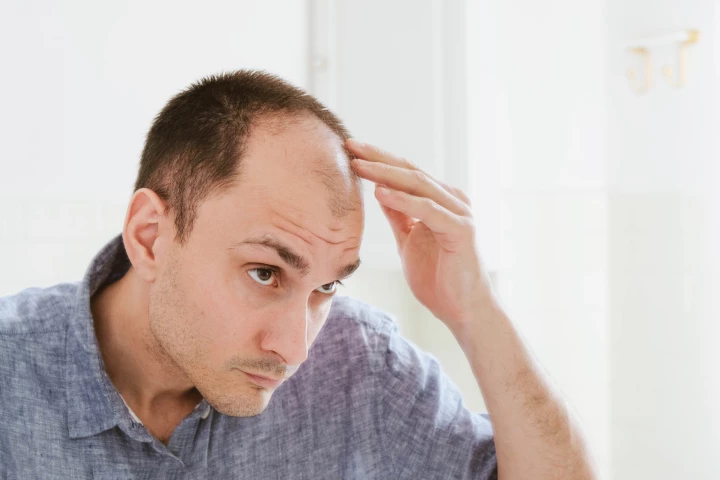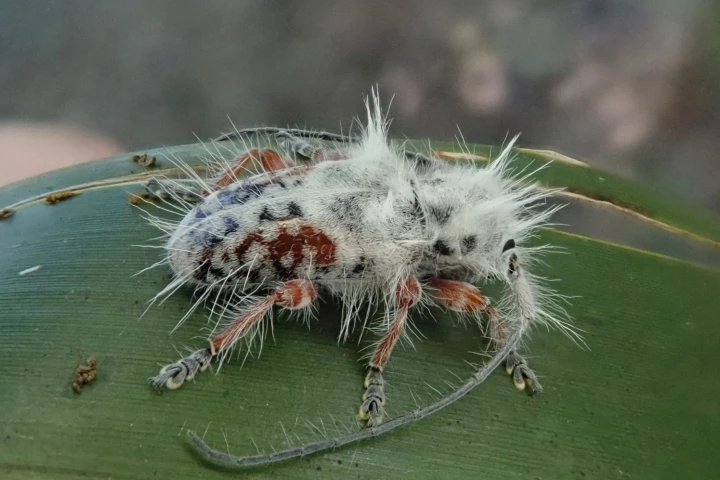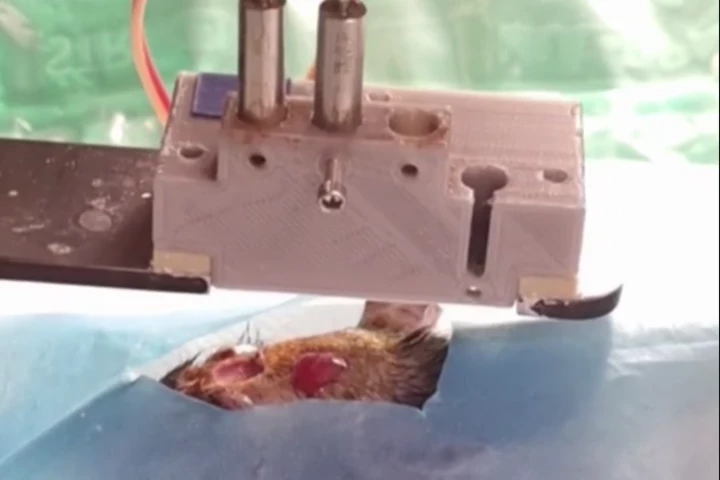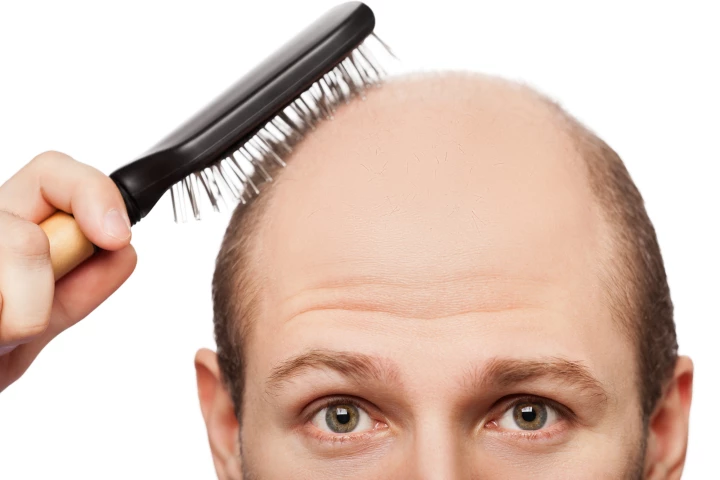Hair
-
We're one step closer to that elusive goal preventing hair loss and enabling new growth, as scientists identify the crucial role that one all-important protein has in protecting the hard-working cells on the production line.
-
As the new year arrives, many will consider going on a diet to shed holiday weight. One popular approach might be intermittent fasting, but a new study says you might want to think twice if having a full head of hair is important to you.
-
In good news for nearly half the world's men, scientists have found that a naturally occurring sugar in humans and animals can be harnessed as a an effective topical gel for baldness. It sets it up as an inexpensive and safer alternative to minoxidil.
-
A surprise result in a lab experiment has led to the discovery of an ancient biological stress pathway that triggers cells to stop making what's needed to grow hair. Blocking this process could protect follicles from this process and prevent hair loss.
-
Scientists at Harvard have developed a promising new treatment to reverse hair loss associated with alopecia. Painless microneedle patches loaded with an immune regulating drug regrew hair in mice with alopecia within a few weeks.
-
A component of the aromatic spice cinnamon has encouraged hair follicles to sprout in the lab, and now researchers have set their sights on using it to develop a novel treatment that could reverse hair loss through the use of natural compounds.
-
Would you want to eat this beetle? Probably not, as it appears to be covered in fungus. That "fungus" is actually hair, however, which the recently discovered insect may use to put off would-be predators.
-
In a world first, researchers have printed multi-layered, living skin directly onto significant injuries in rats for scar-free skin repair. It's not sci-fi – they're genuinely 3D-printing skin (and possibly hair) right into damaged areas.
-
A gel of tiny keratin spheres has been found to promote hair follicle growth. Given that our bodies naturally produce keratin, the research highlights the potential application of using keratin microspheres as a safe and effective hair-growth treatment.
-
Researchers have developed a product that reduces hair’s moisture-absorbing tendencies, maintaining frizz-free curls for at least six hours in high-humidity environments and even allowing them to bounce back thanks to its shape-memory properties.
-
A new study has identified rare genetic variants associated with male pattern hair loss. In addition to increasing our understanding of the condition, the findings may pave the way for personalized therapies.
-
A new study into the molecular mechanisms underlying hair growth has found that aging cells may be key. Their findings potentially open the door to developing new hair loss treatments that harness the innate abilities of these often-maligned cells.
Load More
